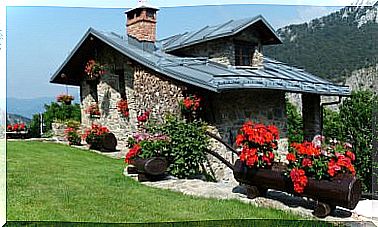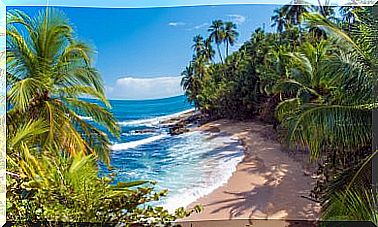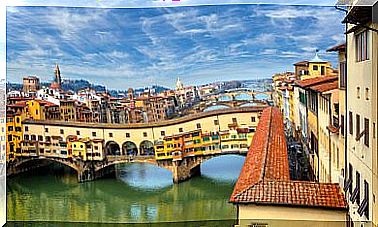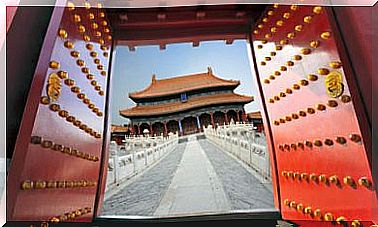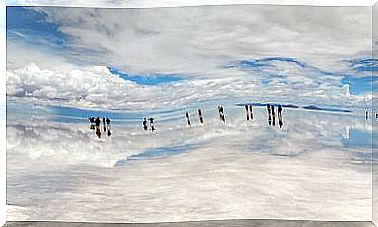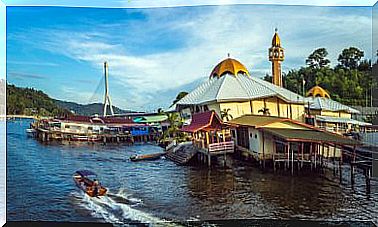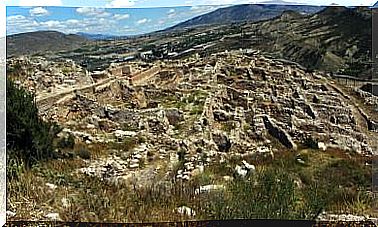Zamora, A Jewel Of Romanesque Art
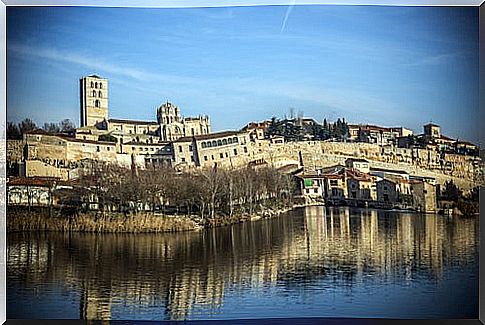
Very close to the border with Portugal and 652 meters above sea level, Zamora has an old town that has been declared a Historic-Artistic Complex since 1973. Find out more about this beautiful city in the community of Castilla y León, located on the banks of the Duero River and well walled.
Zamora , between churches and walls
This city has the largest number of Romanesque temples… in all of Europe! In total there are 14 churches of this style only in the historic center, and another 9 temples within the municipal term. You will have to go through them all if you want to say that you were in Zamora. It is not worth cheating!
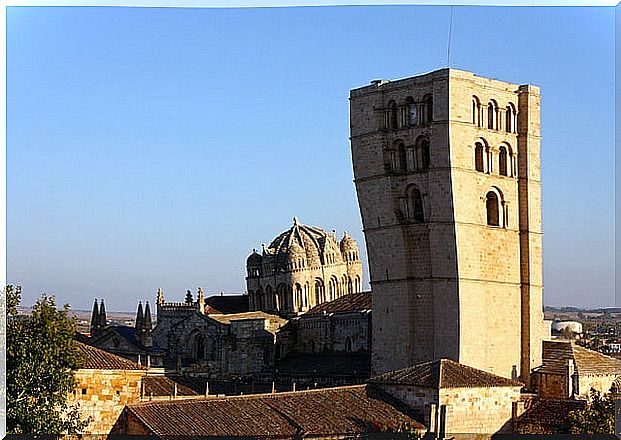
The Romanesque heritage of Zamora is completed by two palaces, a bridge, its castle and nine houses. Therefore, this city is considered one of the most complete to enjoy the buildings of that time.
Zamora, the city of many titles
It is not yet known for sure what the origin of the name is and there are several theories. One of them indicates that it is a derivative of the Arabic word Samura, which means wild olive grove. It was baptized as we know it today in the 11th century by King Fernando I.
History says that several monarchs had to do with the development of Zamora. King Enrique IV of Castile called it “Very Noble and Loyal” in 1465. In turn, it is known as “the well fenced one” due to the walls that surround it, between 26 and 32 meters high and on the edge of the River.
Zamora, a world to travel
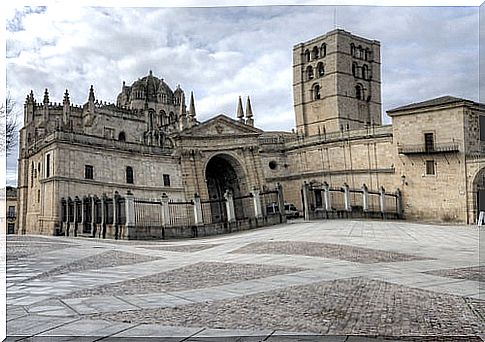
During your walk through this beautiful city, you have the possibility of getting to know one of the “pearls of the Duero” with its Romanesque temples, enjoy the typical gastronomy, visit museums, breathe fresh air in its natural surroundings and be part of its pilgrimages and local festivals. (like that of the Patron Saint).
There are two types of walking tours that you can enjoy: the Medieval one and the Ronda one.
Medieval walk
It begins in the Plaza Mayor, there you can see the church of San Juan Bautista, in Romanesque style; the old town hall, Renaissance; the new one, in a neoclassical style, and Juan Gato’s house, in a modernist style.
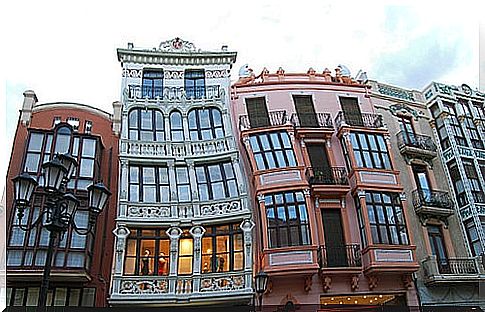
This is another of the characteristics that make Zamora a special city, which together with the best of Romanesque 19 wonderful modernist buildings are mixed.
We continue the tour contemplating the wall of Zamora, built on another of Arab origin. Our steps should take us towards the Puerta de Zambranos, the Santa María la Nueva church, the Holy Week and the Ethnographic Museum of Castilla y León, the Viriato square, the former Hospital de la Encarnación and the palace of the Counts Alba and Aliste , among others.
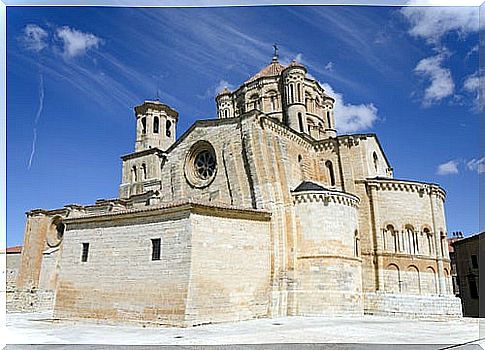
The tour is not over yet! The Magdalena church, the Tránsito convent, the Stone bridge, the Cid house, the Olivares Gate and the Episcopal Palace remain to be seen.
Special mention should be made of the cathedral, small but beautiful, with its tower of El Salvador and its beautiful dome. And we must not forget the castle, surrounded by a moat and with beautiful gardens.
Paseo de Ronda
You already know an important part of Zamora, but only a part, you still have the road to Ronda! On this tour you will get to know the beautiful Balborraz street and the old medieval neighborhood of Puebla del Valle.

You will also visit the Arab and Jewish settlement, the old wine factory, the temple of Santo Tomé, the iron bridge, the aceñas de pinilla, the temple of Santiago del Burgo, the Plaza de Constitución, the food market, the palace of los Momos, or the tower of San Vicente, among many other places of interest.
Just by reading all these important points we already realize the historical magnitude of Zamora. But there is much more waiting, such as the green routes, the beginning of spring with pilgrimages and restaurants that offer local dishes with fish, crabs, wines, cheeses and sweets. Of course you can’t miss anything!
